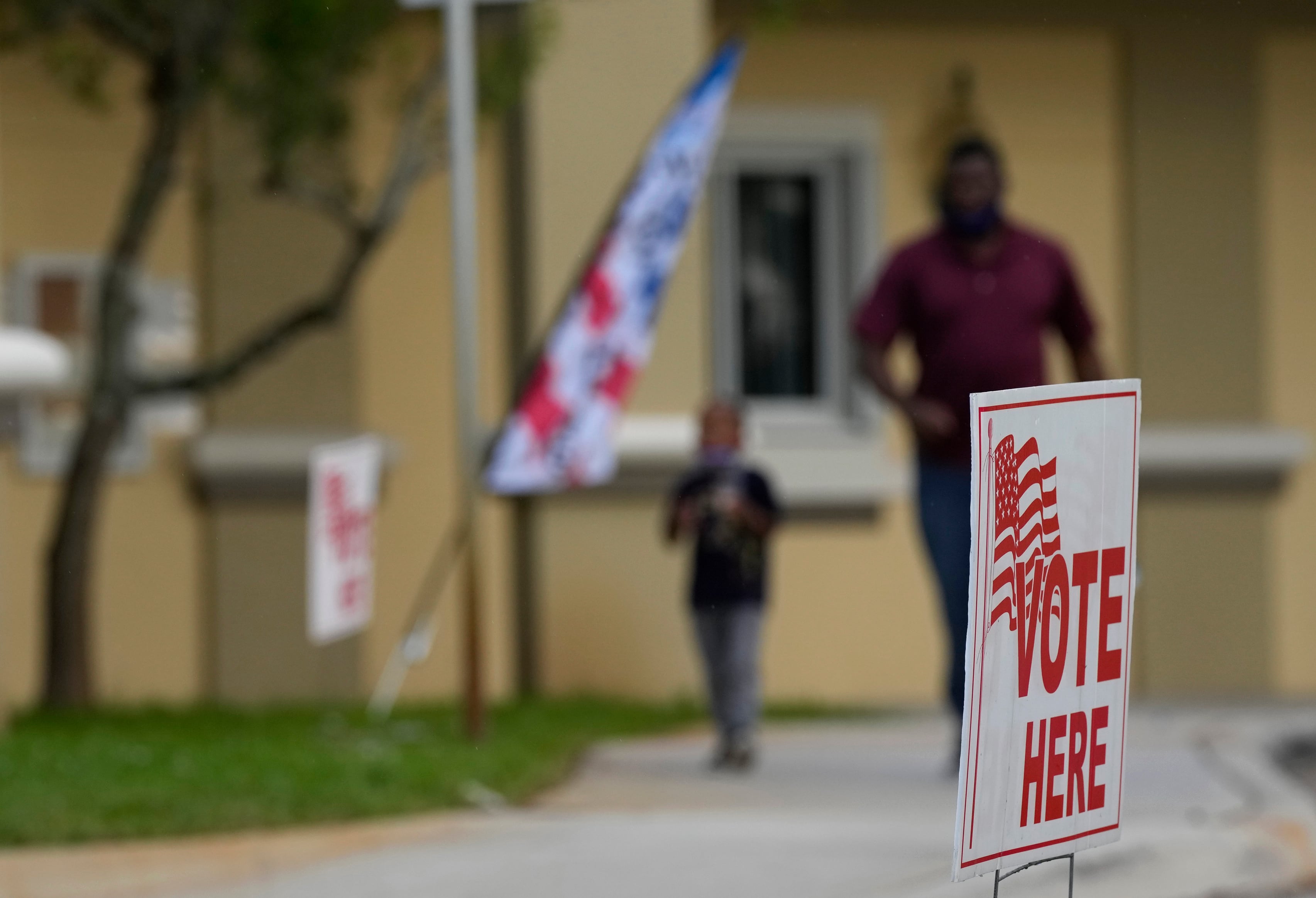The volunteers with the Corps' integrated infantry experiment have taken up residence at Marine Corps Air Ground Combat Center Twentynine Palms, California, in preparation for a rigorous set of assessments that will help the service determine whether to allow women into combat roles.
The roughly 600 members of the Ground Combat Element Integrated Task Force, activated last fall aboard Camp Lejeune, North Carolina, traveled to Twentynine Palms via chartered aircraft Feb. 18 after completing a lengthy training workup on the East Coast. The task force, which includes about 100 female volunteers, simulates various elements of a large ground combat unit, allowing male and female Marines to work side-by-side for the first time in infantry and other combat jobs.
The Marines are staying task force is living at Camp Wilson, in the same facilities used by Marine units participating in the Integrated Training Exercise workup ahead of a deployment, said 1st Lt. Philip Kulczewski, a spokesman for the unit. After a few days to get situated and prepare gear, the Marines will begin a period of dry runs and pilot testing on the ranges and courses to be used in the assessment phase.
"During the pilot testing, they'll take constantly training time-outs and stop and discuss potential hazards and safety requirements," Kulczewski said. "When the assessment starts there's no time outs; it's just nature taking its course."
This period is also the last time the task force will be together as a unit, Kulczewski said.
Beginning March 6, the task force will divide into specialties to begin the several months of assessments that will test job-specific training and readiness standards.
Infantry will begin its assessment period first, followed by artillery and mechanized elements days later, Kulczewski said. For each assessment day, researchers will randomly divide Marines into three groups: one of all-male Marine volunteers; one with a "high density" of female volunteers; and one "low-density female" group.
As the Marines complete assessments of various combat skills outlined in the Corps' dense Training and Readiness manual, officials with Marine Corps Operational Test and Evaluation Activity will evaluate their progress and compare the groups against each other. The Marine volunteers will also be fitted with instruments such as heart rate monitors, GPS devices and shot sensors so that researchers can evaluate factors such as stress levels and firing accuracy as evaluations continue.
Volunteers assigned to the task force's artillery elements will complete their portion of the assessment first, Kulczewski said. The artillery completion date is set for mid-April. At that point, the two gun platoons of Marines will redeploy to Camp Lejeune to reset their gear.
In late April and early May, task force troops will deploy to other West Coast installations to complete assessments that require special geography or training conditions.
Troops in the infantry and engineer units will move to the Mountain Warfare Training Center in Bridgeport to conduct mountain-specific training. Amphibious Assault Vehicles will travel to Camp Pendleton soon after to conduct water operations.
The task force is set to complete all of its work and return to Camp Lejeune by mid-July, Kulczewski said. The data that results from the assessments will help Marine Corps Commandant Gen. Joseph Dunford to make a recommendation, due to the Ddefense secretary, about whether the Marines should open currently closed ground combat fields to female Marines. The information will also help the Corps to create more precise training and job standards for all Marines.
Despite the high-profile work ahead of the task force, Kulczewski said the atmosphere was very much business as usual at the unit.
"It feels like a normal deployment, being here at Camp Wilson," he said.




